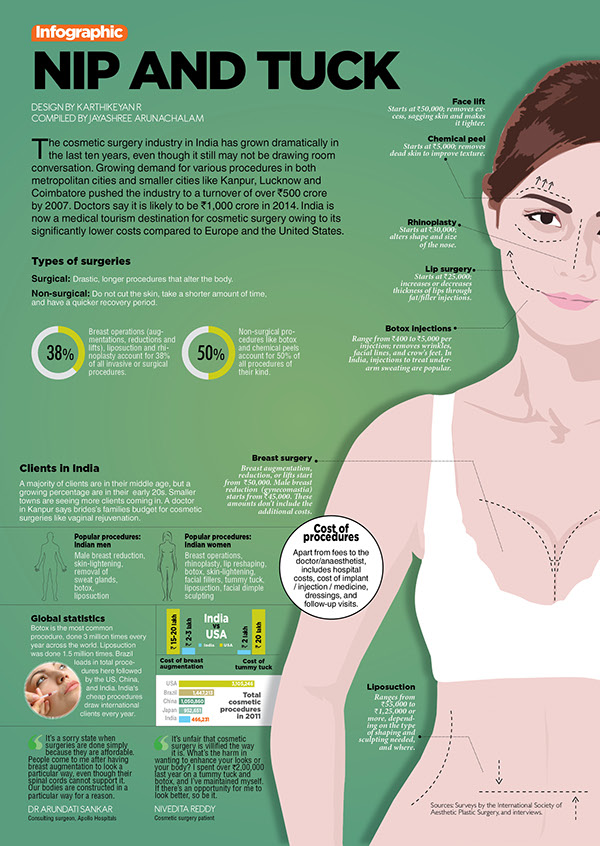Are Electric Pore Cleansers Safe
Are Electric Pore Cleansers Safe
Blog Article
Hormone Acne - What is Hormone Acne?
Hormone acne is defined by blocked pores and oily skin that generally shows up on the chin and jawline. It takes place when hormonal adjustments activate inflammation and microbial overgrowth within hair roots.
Breakouts might look like whiteheads, blackheads, papules or pustules and cysts or blemishes in a lot more extreme instances. It is extra common in teens going through puberty but can affect adults of any age.
What Causes Hormonal Acne?
While acne can be caused by a range of elements, including utilizing hair and skin care products that aren't oil-free or made with components that might block pores, genetic tendency, diet plan,2 and tension, the source is varying hormones. Hormonal acne occurs when the body experiences hormonal changes and fluctuations that lead to an overflow of sebum, which creates swelling, raised development of germs and modifications in skin cell activity.
Hormonal acne is frequently found on the lower jawline, cheeks and neck yet can show up anywhere on the body. It is defined by acnes that are cystic, uncomfortable and full of pus or other material. It is also more probable to take place in females than guys, particularly during puberty, the menstruation, maternity or menopause.
Age
While lots of youngsters experience acne eventually during puberty, it can continue to torment grownups well into adulthood. Known as hormone acne, this kind of outbreak is connected to fluctuations in hormones and is commonly most usual in ladies.
Hormonal acne takes place when oil glands generate excessive sebum, which clogs pores and traps dead skin cells. This brings about the development of acnes, such as whiteheads, blackheads and papules, pustules, cysts or nodules, deep under the surface area.
This kind of blemish often creates discomfort, inflammation and inflammation. It might likewise be cyclical and appear around the very same time every month, such as right before your period begins. This is since levels of women hormonal agents like progesterone and oestrogen vary with each menstrual cycle.
Menstruation
Hormone acne generally appears in the reduced part of your face, along the jawline and cheeks, as whiteheads, blackheads or inflammatory pimples (pimples and cysts). It's more than likely to appear around the time when your menstruation modifications.
Especially around ovulation, when estrogen and progesterone degrees get on the surge, hormone variations can create breakouts. But it's likewise possible to obtain acne at any type of point throughout your 28-day menstruation.
If you notice that your hormone acne flares up right prior to your duration, try seeing when precisely this happens and see if it connects to the stages of your 28-day menstruation. This will aid you pinpoint the origin of your skin difficulties. For example, you might wish to deal with stabilizing your blood glucose and cutting out high-sugar foods, or take into consideration a prescription medicine like spironolactone that can manage your hormones.
Pregnancy
Expanding a baby is a time of significant hormonal adjustments. For lots of women, this consists of a flare-up of hormonal acne. This kind of outbreak normally begins in the initial trimester, around week six. It's brought on by hormone rises that stimulate sweat glands to make more oil, which can obstruct pores and cause even more bacteria to develop.
Breakouts might also happen as a result of pre-existing problems like polycystic ovary disorder, which can additionally be a problem during pregnancy and menopause. Likewise, some types of contraceptive pill (such as Ortho Tri-Cyclen and YAZ) can trigger hormone acne in some women.
The good news is, many acne therapies are "no-go" for expecting women (consisting of preferred acne-fighting components such as isotretinoin and spironolactone). Yet if you can't stay clear of those bothersome bumps, your doctor might prescribe oral erythromycin or cephalexin, which are secure during pregnancy.
Menopause
As ladies come close to menopause, the estrogen levels that created their hormone acne to flare throughout adolescence start to support and decrease. At the same time, however, a spike in androgens (additionally referred to as male hormonal agents) occurs since these hormonal agents can't be exchanged estrogen as effectively as in the past.
The excess of androgens can set off oil manufacturing by the sebaceous glands, which skin lab blocks pores. When the clogged up pores become irritated and aggravated, a pimple types.
Hormone acne is typically seen on the face, specifically around the chin and jawline, but it can happen on the neck, back, shoulders, or upper body. This type of acne has a tendency to flare in a cyclical pattern, similar to the menstruation. Stress and anxiety, which increases cortisol and throws hormonal agents out of equilibrium, also contributes to the outbreaks.